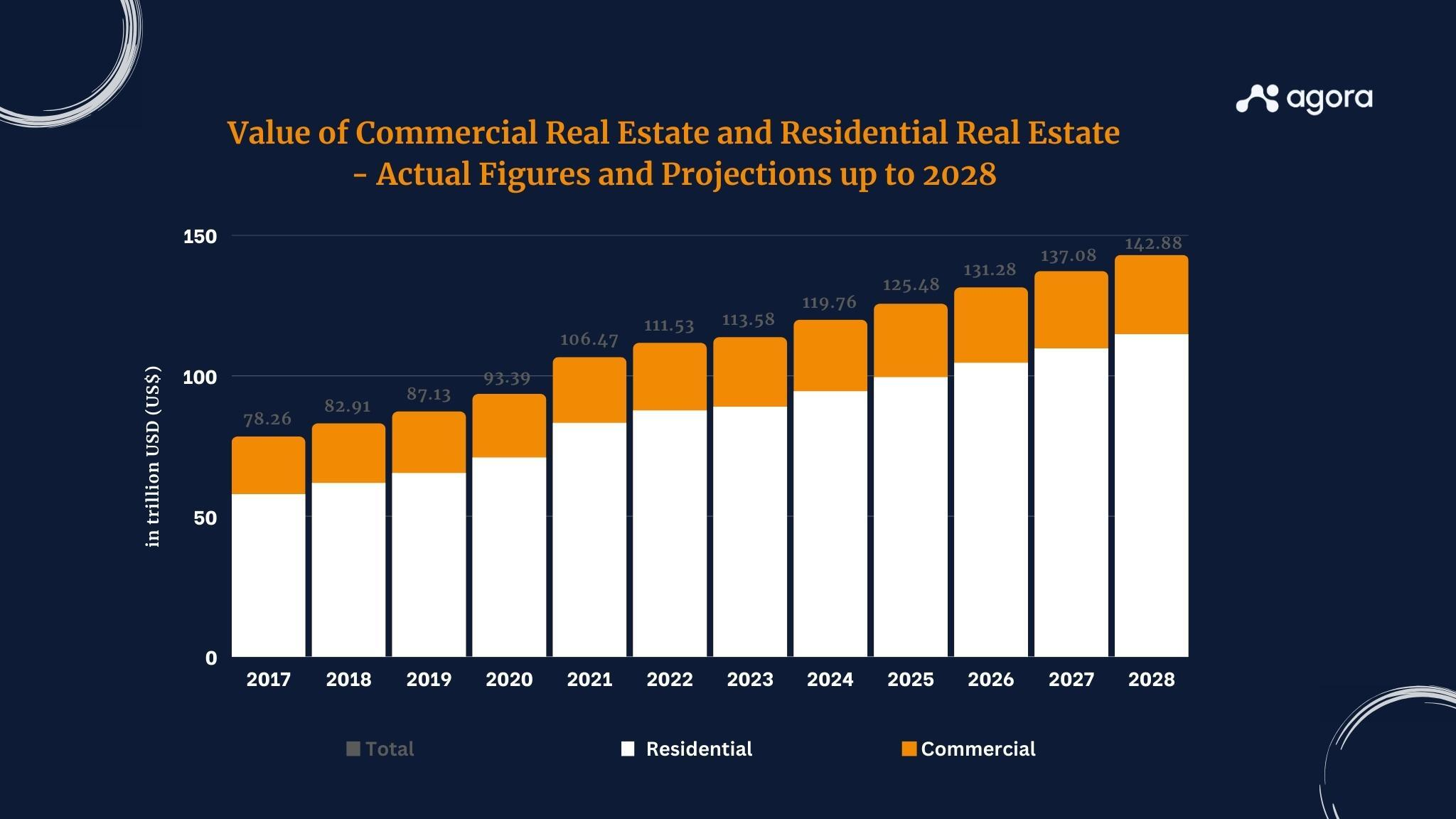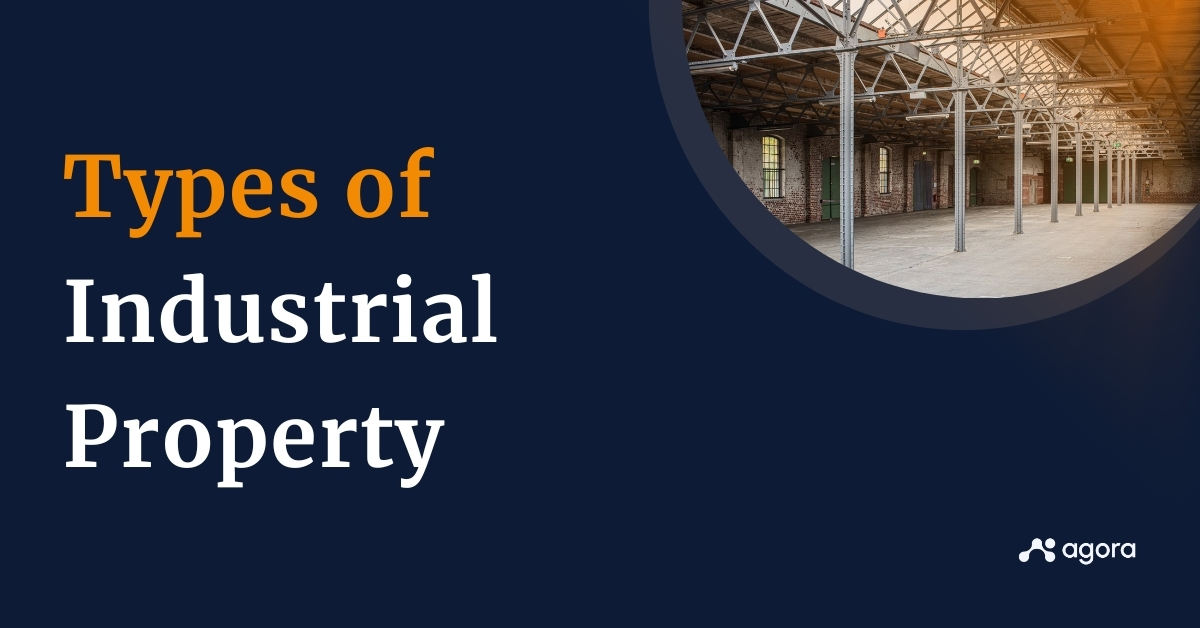Industrial real estate can provide highly attractive investment opportunities if approached correctly. Three factors have come together to boost this subset of the real estate universe – the resurgence of manufacturing in the US, the ability of industrial properties to provide investors with a steady stream of cash income, and the switch-over to e-commerce prompted by COVID-19.
Before we delve into the different types of industrial property and how to choose the best kind, let’s take a minute to define the term. Let’s also see why you should give industrial real estate serious consideration when looking for ways to deploy your long-term funds.
What is an industrial property, and what is its significance in the real estate market?
Industrial properties include industrial buildings, warehouse spaces, and heavy manufacturing and light assembly facilities. Of course, that’s not an exhaustive list. There are several other variants of industrial space that we will discuss further in the article. It is also important to remember that commercial real estate forms an essential part of the total real estate market.
According to the data available on Statista, the total stock of residential real estate in 2022 was $87.57 trillion, and that of commercial real estate was $23.96 trillion. By 2028, these figures are expected to rise to $114.70 trillion and $28.18 trillion, respectively.
Another data point demonstrating the increase in industrial real estate investments is the amount spent building factories. In 2022, construction spending on manufacturing stood at $108 billion, the highest on record.
 Source: Statista
Source: Statista
Types of industrial properties
The phrase “industrial properties” is a generic term that includes many different types of industrial space and other commercial real estate. Here is a quick description of some of the major kinds of industrial real estate:
Warehouses
A warehouse is an industrial building used primarily for the storage and distribution of goods. However, part of the available warehouse space, usually 20% or less, may be devoted to offices. Truck terminals are also classified within the “warehouse space” category, although goods are typically not stored here.
Heavy manufacturing
Heavy manufacturing properties are a type of industrial real estate that is used to produce specialized goods. An industrial building or industrial space that is used in the shipbuilding, locomotive manufacturing, or steel production industry falls within the category of a heavy manufacturing facility.
Light manufacturing
When used within the context of industrial space, light manufacturing refers to industrial property used for making consumer electronics products, furniture, and other goods targeted at end consumers. Products made in light manufacturing buildings typically use less energy, and the entire production process takes place within an enclosed space. Generally, products made in light assembly properties do not require a complicated manufacturing process.
Distribution centers
A distribution center or distribution warehouse is usually a single-story building used for storing and distributing all types of goods. Industrial buildings in this category can be gigantic. Take Amazon’s distribution warehouse in Mt. Juliet, TN. The five-story, 92-foot structure has 3.6 million square feet of space.
Industrial parks
Industrial parks provide areas that are zoned for industrial use. They house manufacturing buildings and amenities related to supporting the manufacturing process. Business owners can set up factories, warehouses, industrial buildings, and distribution centers at these parks. These parks sometimes offer tax incentives to encourage businesses to locate there.
Flex spaces
As the name implies, flex space offers industrial real estate use flexibility. Flex buildings can house both offices and warehouses. Another feature of flex buildings is that they are usually leased for shorter periods of a few months to three years. On the other hand, office space is typically leased for longer periods of seven to ten years.
Cold storage facilities
This is an industrial real estate niche that is focused on providing cold storage facilities and freezer spaces. Cold storage buildings are used to store goods for the frozen and refrigerated food industry, the pharmaceutical industry, and other temperature-sensitive products.
Research and development (R&D) facilities
Commercial real estate in this category targets companies that require facilities to develop new products and processes. This real estate niche is highly specialized, and the facilities are usually tailor-made for a specific client.
Data centers
A data center houses many networked computer servers and networking and communication equipment. Data centers are designed to store and process massive volumes of data and applications. The shift to digitization and online commerce has made data centers a growth sector.
Specialized industrial properties
Specialized industrial properties are industrial buildings that are custom-built to provide clients with specific commercial real estate solutions. A biotech laboratory or a data center, or even a group of manufacturing buildings built for a particular purpose could be considered an example of a specialized industrial property.
Pros and cons of investing in industrial real estate
Investing in industrial property can be extremely rewarding. However, it can have its pitfalls too. Before taking the plunge, you must understand the advantages and disadvantages of buying industrial real estate. Here is a quick listing of the pros and cons that you need to consider:
| Pros | Cons |
| Your tenant is a business organization: The relationship with the lessee will be conducted on a professional basis. | Finding new tenants: Many types of industrial property are built to cater to the tenant’s needs. When the tenant moves out, finding a new one who requires the same facilities could be challenging. |
| Industrial real estate offers many options: Landlords can pick a niche and develop expertise in their chosen area. Your options range from a data center to flex buildings to everything in between. | A single large tenant: One tenant may lease the entire property. If there is a dispute, it could affect your cash flow. |
| A more hands-off approach: Generally, industrial property tenants are more responsible than residential tenants. Likely, you won’t need to get involved in day-to-day maintenance issues. | Finding tenants in an economic downturn: If the economy slows or there is a recession, your tenant may terminate the lease. |
| Longer lease terms: Industrial property leases and some other types of commercial real estate leases typically have longer terms–five to ten-year contracts are common. Residential leases are usually for a year. | Large initial investment: If the amount you wish to invest is small, buying residential property may be a better option. However, it’s possible to borrow funds to finance your industrial real estate purchase – a commercial real estate equity line of credit can be a good option. |
Factors to consider when investing in industrial buildings
Federal legislation has provided manufacturing a big boost. The period from 2021 to June 2023 has seen announcements of $470 billion in private industrial investment.
New private sector investments announced in the period 2021 to June 2023
| Investment Type | Investment ($) | Share of Investment | Number of Projects |
| Semiconductors and Electronics | $213.5 billion | 46% | 41 |
| EVs and Batteries | $139.5 billion | 30% | 101 |
| Clean Energy | $82.0 billion | 18% | 65 |
| Biomanufacturing | $19.5 billion | 4% | 48 |
| Heavy Industry | $13.2 billion | 3% | 20 |
Source: The Brookings Institution
National in-place rents (in-place rents are collected on current leases as opposed to market rents which are based on current market conditions) are trending upwards. A recent report by Yardi Matrix, a commercial real estate research firm, points out that in-place rents for industrial property averaged $7.33 per square foot in June 2023, a 7.4% increase over the last 12 months.
With investments in manufacturing construction and industrial property rents increasing, it could be the right time to invest in this sector. However, all industrial real estate is not created equal. Doing your homework before selecting a property to invest in is crucial.
Here are a few points to consider:
Location and accessibility
The golden rule of real estate investing says that there are three factors you need to consider when choosing a property – location, location, location. While that’s regarded as a cliché in real estate circles, it’s absolutely true. It makes more sense to buy an expensive property in the right location rather than cheaper real estate in a place where you will not find any tenants.
Size and layout
The property you invest in should be of the appropriate size and layout. For example, a truck terminal should have deep loading docks and wide bays.
Infrastructure and amenities
It will be easier to find tenants if you have suitable on-site amenities and infrastructure. Pay special attention to electricity capacity if you are investing in manufacturing buildings. You also need to consider if there is adequate storage space.
Zoning and regulations
Review the zoning restrictions immediately after identifying the industrial real estate you are targeting. You don’t want any unpleasant surprises at a later stage.
Market demand and trends
It’s best to invest in sectors that are on an upswing. Data centers, manufacturing facilities, warehouses, and fulfillment centers are enjoying strong demand.
The bottom line
You can be successful in the industrial real estate business by following some basic rules. Select your niche carefully and develop expertise in your chosen area. You should also consider using a good real estate investor CRM to find the right property. Remember to take market trends into account. And most important of all, carefully review the features of the property that you plan to invest in before finalizing your investment.










